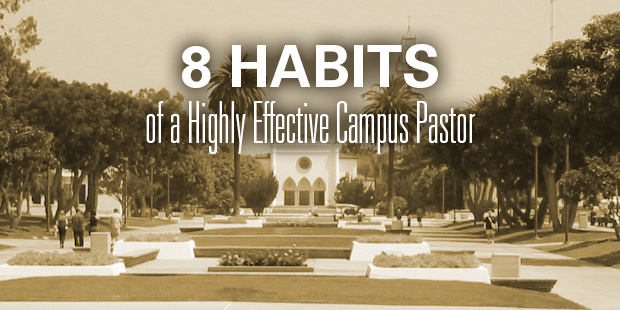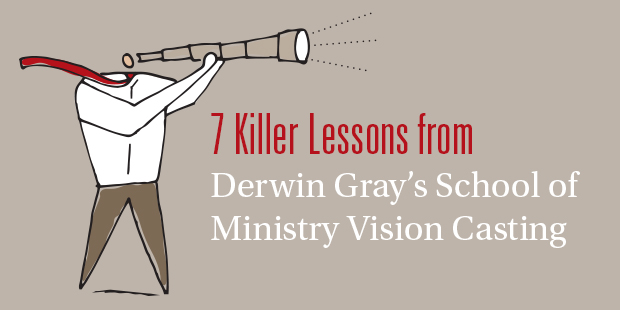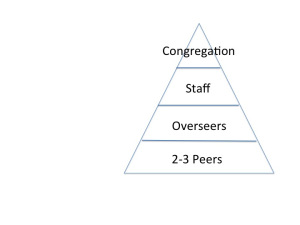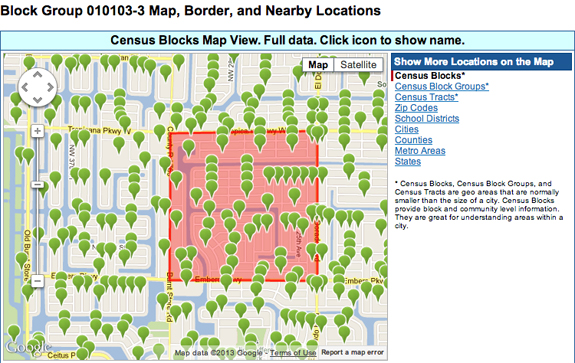
8 Habits of a Highly Effective Campus Pastor
I’ve had the privilege of seeing a lot of multisite campuses over the last 10+ years of leading in multisite churches. During that time I’ve had the opportunity to see dozens of Campus Pastors up close as they lead their locations.
Over the last few months we’ve been launching our most recent Campus at Liquid Church and I’ve had a front row seat to see Mike Leahy lead as a Campus Pastor. I think Campus Pastors from any multisite church should learn their craft from Mike.
This is the fourth campus that Mike has lead and it shows … the guy is a real professional! Here are a few habits I’ve seen him repeat time and time again that I think drive his effectiveness.
- Replication Focused // Mike is incredibly focused on raising up the next round of leaders to take over the ministry. Not only is he modeling that with his own associate campus pastor but he pushes to see training happening in every area of the campus. Effective long term multisite churches unlock the ability to replicate leaders and Mike pushes our campuses to always be raising up the next level of leaders.
- Sweat the Small Stuff // There are thousands of details that make the launch of a new campus great and Mike does an amazing job of digging into the details and making them work for our guests. From the layout of our main auditorium to the flow of parking to how our team fill out name tags … each of those details is sorted through and then documented so it can be replicated at this new location.
- Pocket Briefcase // If you followed Mike for any time on Sunday you’d notice that he’s constantly pulling out a small note pad and making notes about every interaction he has with people. Each note represents a follow up item for someone from our church … prayer items to loop back on, important milestones coming up, connections to be make. He uses a notepad rather than his phone because he doesn’t want to give the impression that he’s goofing around on his smart phone. This small tactic gives Mike the ability to turn every Sunday into a follow up treasure trove for the rest of the week.
- “Pollinating” the Audience // At the front end of our service you’ll notice Mike meeting and greeting people through out the audience during the musical worship part of the service. He’s attempting to make as many personal connections as possible with people … during the service! I love the site of our band cranking on stage and Mike is focusing on individuals in the room. This sort of personal care to connect draws people into our community.
- Embedding the Vision // Mike is constantly looking for ways to reinforce the vision of our church. Although he’s not the “main communicator” he doesn’t miss an opportunity to explain the “why” to our team. Listen in on a voicemail he sent out to our campus team on launch Sunday recently. It’s classic Mike … “pastoring” our people at where they are at on a “big day” like that while helping them understand the vision one more time!
- Central vs. Campuses // Mike understands that the central support team’s role is to generate content and lead the development of the church while the campus teams’ responsibility is to deliver the content and craft community connecting experiences. He consistently comes back to that fact with his teams and articulates the “division of labor” and works to ensure the lines don’t get fuzzy in this approach to doing church.
- Ombudsman // A part of the role of a campus pastor is keeping an eye on a wide variety of areas and ensuring that they are functioning at a healthy level. Mike does this in an elegant manner and is always working to draw in other members of our team to improve the ministry of his campus. He resists the urge to solve the issues directly while focusing on leveraging the skills of other members on our team to help make his campus great!
- Connection Triage Machine! // Above all else Mike is amazing at constantly helping our people get connected to the community of our church. He is always moving people onto their “next steps” … helping them find a place on a team or in a small group. Every conversation with people in his campus points towards how can we see this person get closer to being fully connected to our church.
Mike is a gift to our church … he’s a big part of what God is using at Liquid to see people get connected to Jesus! I’m thankful for his leadership and friendship!
Read more from Rich here.

Tags: Campus Pastors, Multisite, Rich Birch, Staff Leadership Roles



































